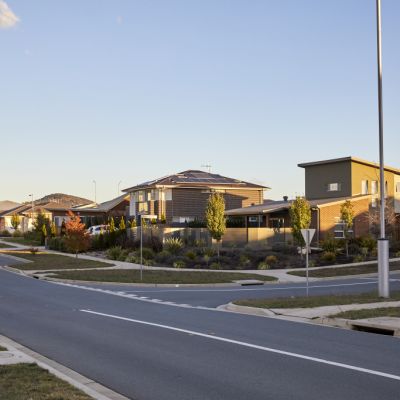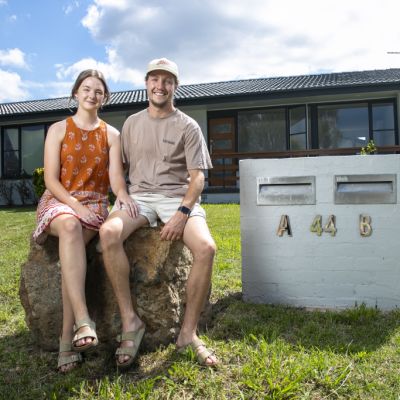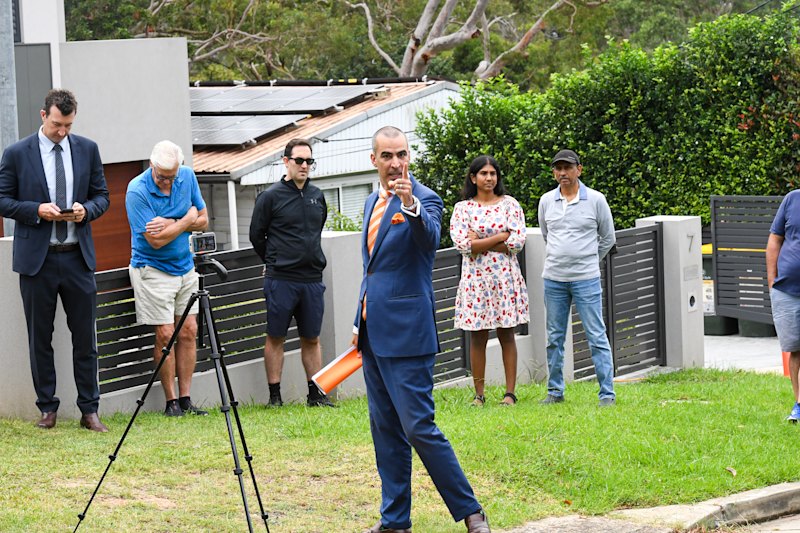Canberra surpasses Melbourne as the auction capital of Australia: Domain data
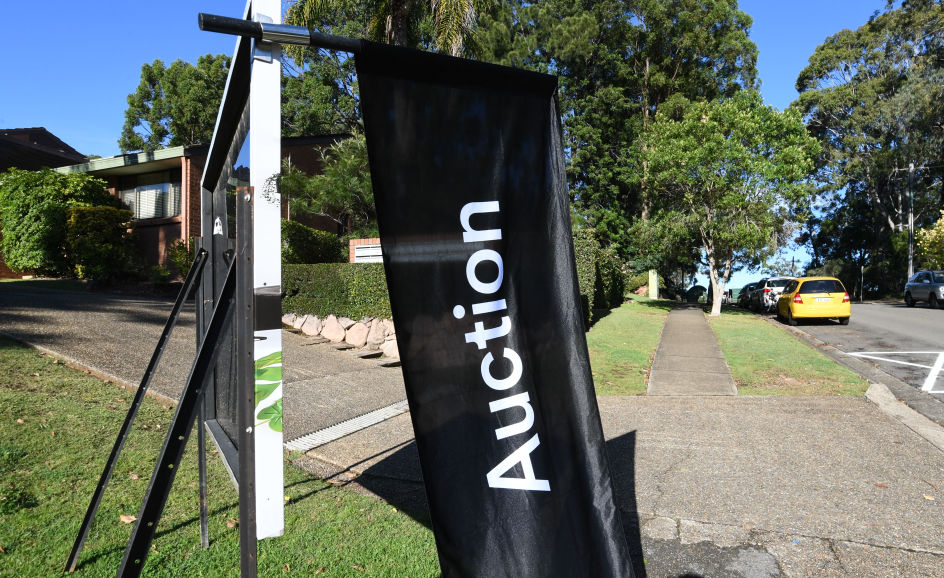
Canberra is not only Australia’s national capital but it has also earnt a new badge as the country’s auction capital, surpassing Melbourne, new data has revealed.
The Domain In Focus: Auctions report series, released on Friday, showed how Canberra’s swelling love of the spectator sport made it Australia’s most auction-centric market, recording the highest proportion of sales under the hammer in the last year.
According to the report, the city’s proportion of sales by auction is five times higher compared to a decade ago, reaching 27.6 per cent in 2021.
And when it came to midweek versus weekend auctions, Canberra saw no real change in the prices achieved, the report noted.
“There’s no doubt a rising number of auction hammers will be falling across Australia as the years tick by. It’s been consistently growing in popularity with the proportion of sales by auction almost doubling over the past decade,” said Domain chief of research and economics Nicola Powell.
“Sydney, Melbourne and Canberra continue to dominate, but even in our smaller auction markets sales have been proportionately rising. This proves it’s a trend not isolated to just one city.”
When looking at the sale prices at auction, higher median prices were consistently achieved under the hammer compared to those sold by private treaties. In Canberra, there was a price differential of 19 per cent for houses and 27 per cent for units.
The median price for a house in Canberra at auction was exactly $1 million, whereas the median via private treaty was $840,000. For units, the numbers were $670,000 and $527,500, respectively.
“In the last year, essentially all sales were going to auction and sold for more when they went under the hammer compared to a private treaty,” said real estate agent Zac Morris of One Agency Sandy Morris.

“It’s a hyper-competitive market and, coupled with a shortage of stock and the fear of missing out, we’d have five-plus bidders at auctions and the prices achieved were significantly above market value and seller expectations.”
When Stefan Alexander sold his three-bedroom Tuggeranong home earlier this year, he was confident the property would sell at auction but wasn’t sure how much it would eventually sell for.
“There’s a little bit of uncertainty and risk involved in it because you hope that there’ll be a few interested bidders and, because you don’t have a particular fixed number, it’s really out of your hands,” Mr Alexander said.
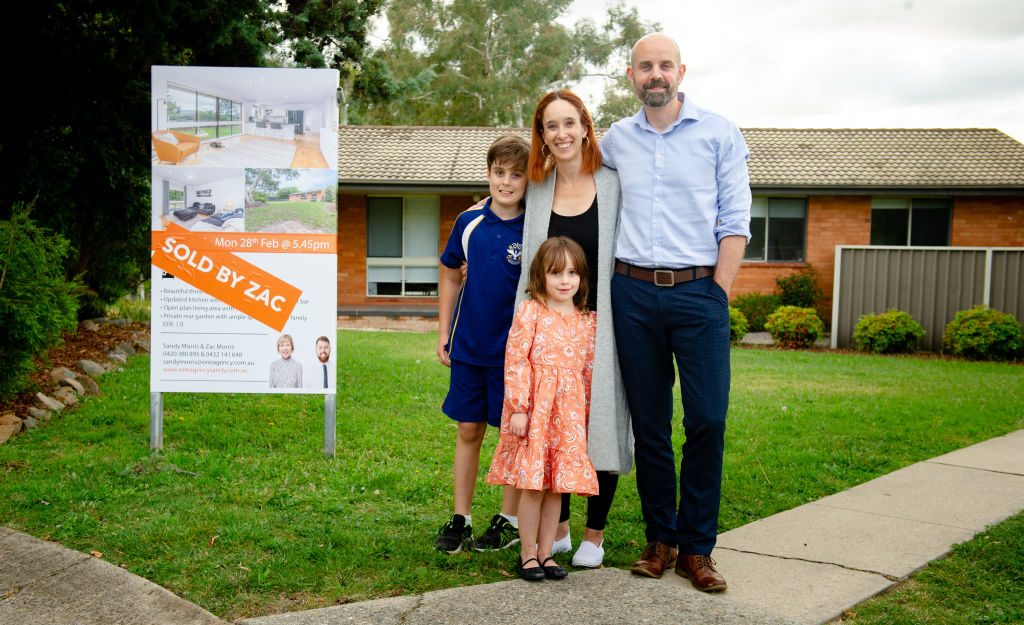
“But that’s the risk, you know? You hope it doesn’t get passed in but you can always fall back on selling via private treaty. Often [auctions] can pay off and, for us, it did. The sale exceeded our expectations.”
But now Mr Alexander, who’d lived in his Tuggeranong home for the past four years, is on the hunt for a new property that could cater for his growing family.
“So the shoe is on the other foot now, unfortunately, which is not so much fun,” he said.
“We’re going to auctions and bidding now because, of course, the majority of houses are going under the hammer … we’ve done our finances and know what we’re willing to pay for and know what we’re comfortable with spending.
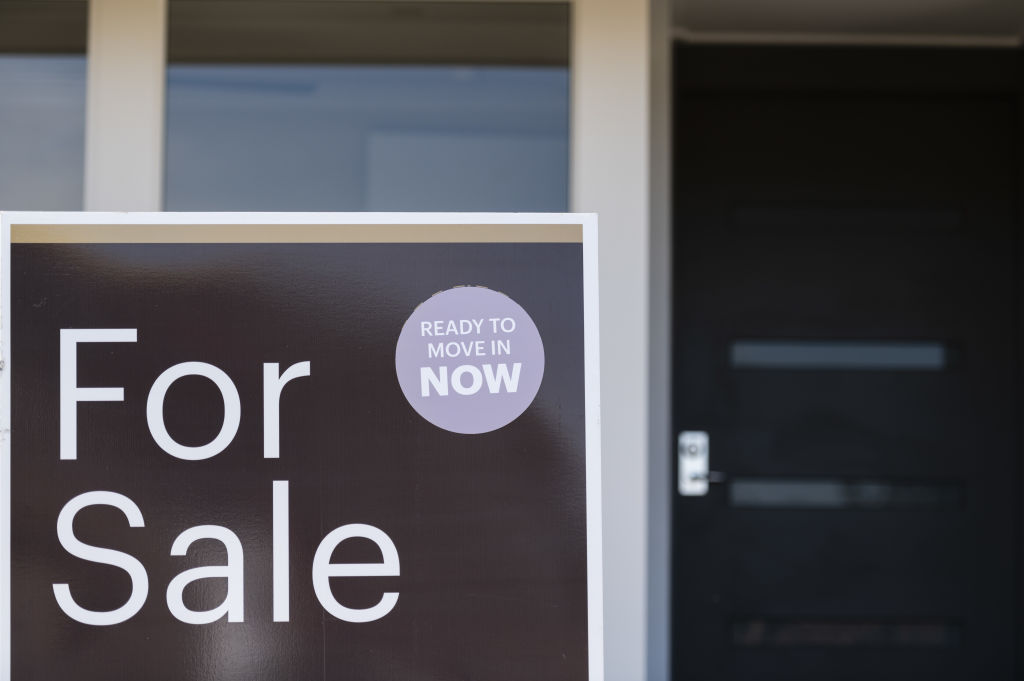
“If there is a bidding war out of our budget, we’re comfortable not participating in it and will wait for the next property to come along.”
With softening clearance rates of around 70 per cent achieved every weekend of this month in Canberra, Mr Morris said he expected some shifts in the auction market.
“We used to default to auction on every property but we’re seeing that change,” he said.
“We’re starting to see big, family homes sell via private treaty and through negotiations and some sellers are opting for different selling methods other than auction.
“I still think auctions are a great method and a good selling strategy but as we return to a normal market, we’ll see it soften and sellers will need to temper their expectations.”
We recommend
We thought you might like
States
Capital Cities
Capital Cities - Rentals
Popular Areas
Allhomes
More
